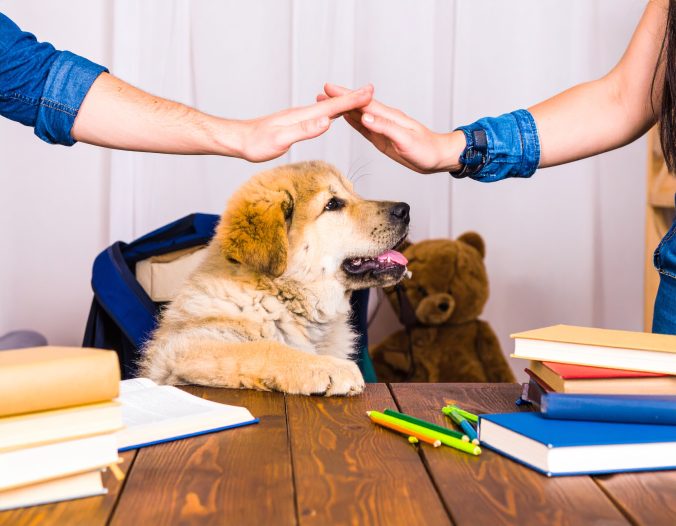A well-socialised dog is a happy dog — confident in new situations, calm around other animals, and relaxed when meeting strangers. But socialisation doesn’t just happen on its own. It’s a process, especially for puppies or dogs who’ve had limited exposure to the world.
Whether you’re starting with a new puppy or helping a rescue adjust, this step-by-step guide will help you socialise your dog safely and effectively.
Why Socialisation Matters
Socialisation teaches dogs to cope with new experiences. Without it, they can become fearful, anxious, or even reactive when faced with unfamiliar people, animals, or environments.
The goal isn’t to make your dog love everyone and everything — it’s to help them feel safe and confident when encountering something new.
Step 1: Start Early (But It’s Never Too Late)
The best window for socialising puppies is between 3 and 16 weeks of age. But if you have an older dog, don’t worry — you can still make progress. Go at their pace, keep sessions short, and use positive reinforcement.
Step 2: Introduce New Experiences Gradually
Think of socialisation as building a “library” of experiences for your dog. Start with simple things:
- Different sounds (vacuum cleaner, traffic, children playing)
- New surfaces (grass, gravel, hardwood floors)
- Gentle handling by different people
Keep it calm and positive. Don’t overwhelm them with too much at once.
Step 3: Positive Encounters with People & Animals
Introduce your dog to people of different ages, genders, and appearances. Arrange controlled meet-ups with calm, vaccinated dogs to practice polite greetings.
Tip: Always reward your dog with praise or treats for calm behaviour.
Step 4: Take Short Outings
Once your vet gives the green light, start taking your dog to safe public places — quiet parks, pet-friendly shops, or a dog café. Build up to busier environments slowly.
Step 5: Use Rewards & Keep Sessions Short
Socialisation should be fun. Use high-value treats, toys, or praise to create positive associations. Stop before your dog becomes overwhelmed — short, frequent sessions are more effective than one long one.
Step 6: Watch for Signs of Stress
Panting, yawning, lip licking, or cowering can mean your dog is anxious. If you see these signs, step back and give them space. Never force interactions.
Step 7: Keep It Going
Socialisation isn’t just for puppies — it’s lifelong. Continue exposing your dog to new experiences throughout their life to maintain their confidence.
Socialisation Takes Time
Every dog is different. Some may adapt quickly, while others need more patience. Go at your dog’s pace and focus on creating positive experiences. Over time, you’ll build a calm, confident, and well-adjusted companion.
Want more help? Stay tuned for our upcoming guides on puppy classes, overcoming fear-based behaviours, and fun social games for dogs.
Dog Socialisation Checklist
Use this checklist to track your dog’s progress. Go at their pace, reward calm behaviour, and tick off new experiences as they go:
People
- Men, women, and children of different ages
- People wearing hats, glasses, or masks
- People using mobility aids (wheelchairs, walking sticks)
Environments
- Quiet parks and walking paths
- Busier streets with light traffic
- Pet-friendly shops or cafés
- Car journeys (short and long)
Sounds
- Vacuum cleaner or hair dryer
- Doorbell and knocking
- Traffic noises (cars, bikes, buses)
- Children playing or shouting
Other Animals
- Calm, vaccinated dogs of different sizes
- Cats (from a safe distance)
- Small animals (rabbits, birds) if safe to do so
Handling
- Gentle touching of paws, ears, and tail
- Brushing and grooming
- Wearing a harness or coat
Tip: Don’t rush. A positive association with just a few of these per week is far better than overwhelming your dog with too much at once.


Leave a Reply